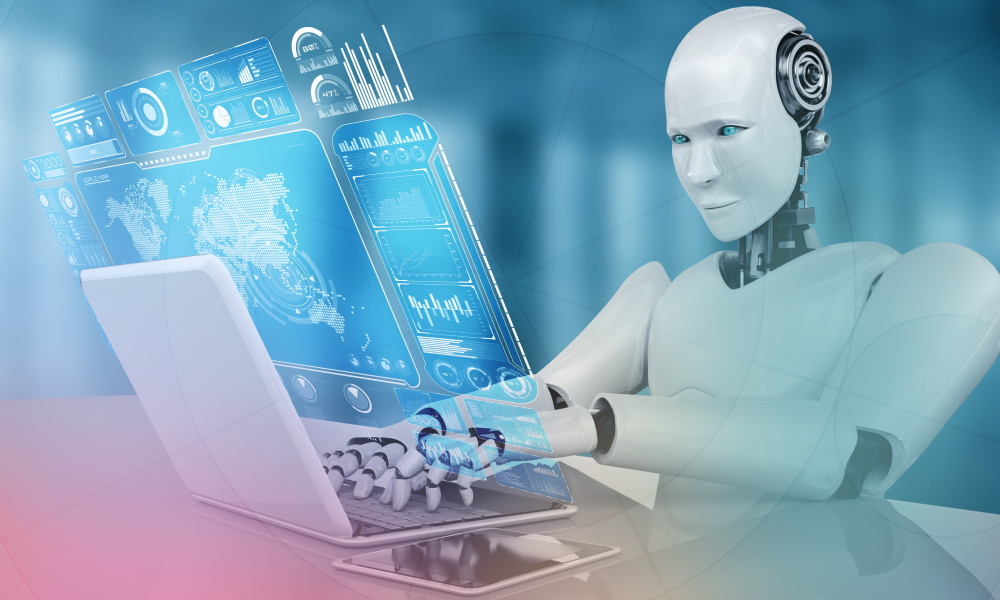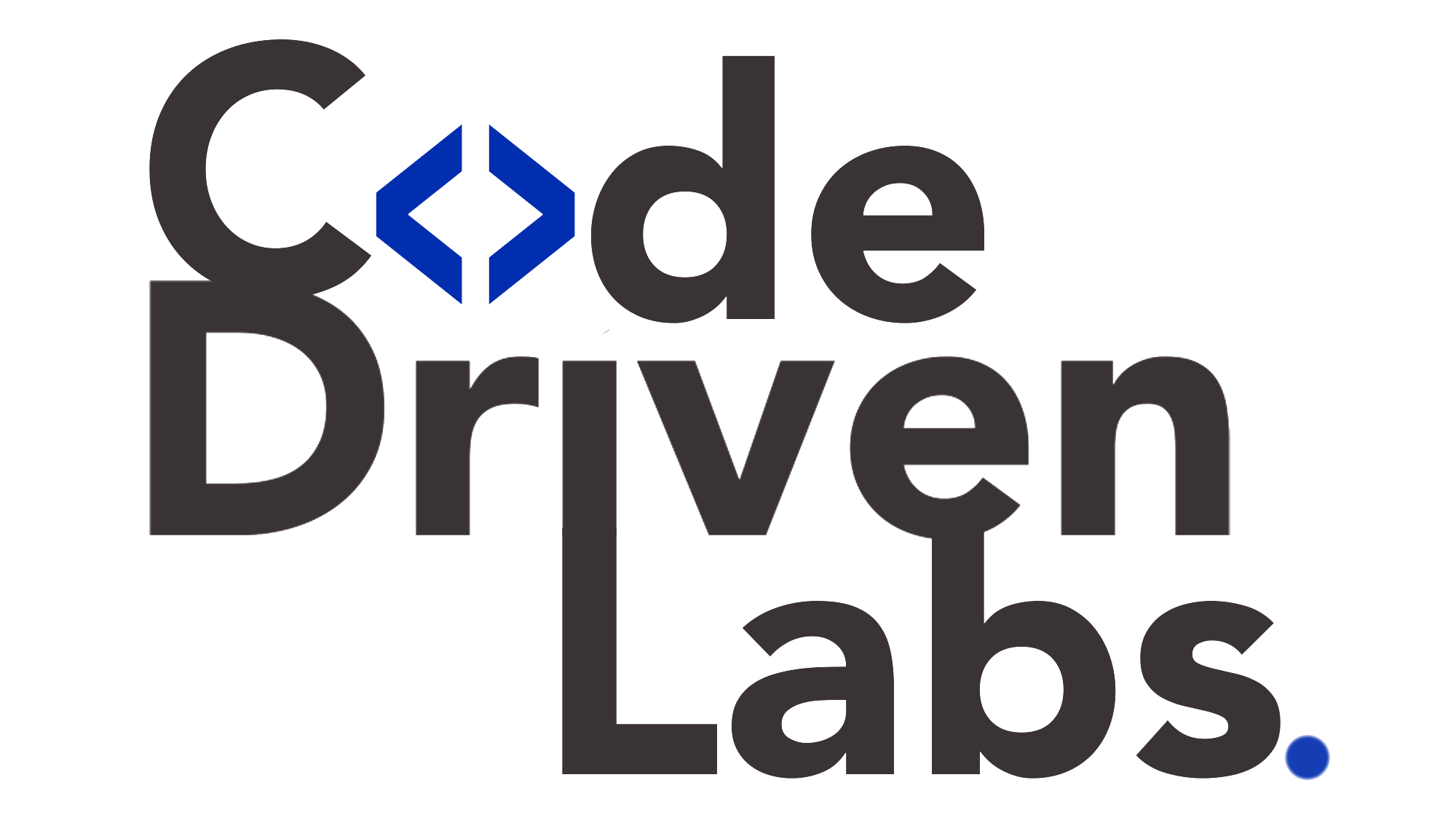Level up your business with US.
- Home
- Collaborative Intelligence: How AI and Developers Co-Create Software for Diverse Domains
Collaborative Intelligence: How AI and Developers Co-Create Software for Diverse Domains
August 22, 2025 - Blog
Collaborative Intelligence: How AI and Developers Co-Create Software for Diverse Domains
Artificial Intelligence (AI) has transformed from being a futuristic concept to a foundational technology shaping how industries build and deploy software. Yet, one of the most powerful shifts happening today is not AI replacing human developers, but AI working alongside developers in a collaborative partnership. This synergy, known as collaborative intelligence, represents a new era of software engineering where human expertise and AI-driven insights combine to produce smarter, faster, and more resilient systems.
From healthcare and finance to retail, logistics, and manufacturing, collaborative intelligence ensures that AI is not just a tool but a co-creator in solving domain-specific challenges. This blog explores how AI and developers collaborate across industries, the opportunities and challenges of this partnership, and how code-driven labs provide the perfect environment for enabling collaborative intelligence at scale.

What is Collaborative Intelligence?
Collaborative intelligence refers to the partnership between human creativity and AI’s computational power in achieving outcomes neither could deliver alone. Unlike traditional automation, where AI performs predefined tasks, collaborative intelligence focuses on augmenting human developers, offering suggestions, automating repetitive coding, predicting potential issues, and enhancing decision-making.
Key aspects of collaborative intelligence in software development include:
-
Co-Creation of Code: AI-powered tools suggest code snippets, refactor functions, or even generate boilerplate code while developers focus on design and problem-solving.
-
Error Detection and Debugging: AI proactively identifies errors, security risks, or performance bottlenecks that may go unnoticed in manual reviews.
-
Domain-Specific Adaptation: Developers provide contextual understanding of industry needs, while AI adapts algorithms to suit those specific domains.
-
Scalable Innovation: Together, humans and AI build scalable, adaptive software that aligns with business goals and ethical standards.
This hybrid approach empowers developers to spend more time innovating while letting AI handle repetitive, data-intensive, and predictive tasks.
The Role of Collaborative Intelligence Across Industries
Collaborative intelligence is not confined to one field. Its strength lies in the ability to adapt AI-human co-creation to diverse domains:
1. Healthcare
AI assists developers in building diagnostic applications, patient-monitoring tools, and predictive analytics platforms. For example, developers bring domain knowledge to ensure compliance with privacy regulations, while AI supports them with advanced image recognition and pattern detection. Together, they create systems that improve diagnoses, optimize hospital workflows, and personalize treatments.
2. Finance
In finance, collaborative intelligence powers fraud detection, risk management, and algorithmic trading. Developers create compliance-driven frameworks, while AI continuously analyzes massive transaction datasets to identify anomalies. This synergy ensures systems are both robust and regulatory-compliant.
3. Retail
Retailers benefit from AI-driven recommendation engines, inventory optimization tools, and customer behavior analytics. Developers align AI models with brand strategy and user experience, while AI enables hyper-personalization and predictive demand forecasting.
4. Manufacturing
Collaborative intelligence is essential in smart factories, where developers design automation frameworks and AI enhances predictive maintenance, production efficiency, and safety. Developers provide domain insights, ensuring worker safety and sustainability goals, while AI automates error detection and process improvements.
5. Media and Entertainment
In this domain, AI helps developers build recommendation systems, content moderation tools, and even AI-generated creative assets. Developers ensure that AI systems reflect cultural, ethical, and creative standards that align with human values.
Benefits of Collaborative Intelligence in Software Development
The AI-developer partnership introduces multiple benefits:
-
Faster Development Cycles: AI automates repetitive coding and testing, allowing developers to accelerate project timelines.
-
Improved Quality: AI’s predictive error detection and optimization reduce bugs, vulnerabilities, and performance issues.
-
Domain-Specific Adaptation: Developers ensure solutions are contextually accurate, while AI generalizes patterns across industries.
-
Scalability: Collaborative intelligence supports continuous integration and deployment pipelines, making large-scale software systems manageable.
-
Innovation Through Augmentation: Instead of replacing developers, AI augments their abilities, empowering them to focus on creativity and critical decision-making.
Challenges in Collaborative Intelligence
While promising, collaborative intelligence comes with its own challenges:
-
Trust and Transparency: Developers may hesitate to rely on AI suggestions without understanding their underlying logic.
-
Bias and Ethics: AI models may unintentionally introduce biases that developers need to identify and mitigate.
-
Data Privacy: Industries like healthcare and finance must ensure AI co-creators respect privacy regulations.
-
Integration Complexity: Merging AI tools seamlessly into developer workflows can be difficult without structured processes.
-
Balancing Control: Developers must remain in control, ensuring AI suggestions align with project goals and ethical standards.
To address these challenges, organizations need structured environments that balance innovation with responsibility—this is where code-driven labs make the difference.
How Code-Driven Labs Enable Collaborative Intelligence
Code-driven labs are structured, automated environments where developers and AI tools work together seamlessly. They bring discipline and scalability to the co-creation process by embedding collaboration, testing, and continuous improvement into the development lifecycle.
Here’s how code-driven labs enhance collaborative intelligence:
1. Seamless Human-AI Interaction
Code-driven labs integrate AI tools directly into coding pipelines, enabling developers to co-create in real time. Developers can accept, reject, or modify AI-generated code snippets while maintaining creative control.
2. Continuous Testing and Validation
Every AI suggestion is tested and validated within the lab environment. Automated testing frameworks ensure code quality, functionality, and compliance with industry standards, allowing developers to trust AI contributions.
3. Bias and Fairness Checks
Labs can include automated bias-detection tools that flag issues during model training or deployment. This ensures fairness and ethical compliance, especially in domains like healthcare and finance.
4. Explainability and Transparency
Code-driven labs embed explainable AI (XAI) frameworks that allow developers to understand why AI made specific suggestions. This transparency builds trust and strengthens collaboration.
5. Audit Trails and Accountability
Labs log every AI contribution, developer decision, and test outcome, creating full accountability. This audit trail is essential for compliance in regulated industries.
6. Accelerated Innovation at Scale
By automating repetitive tasks such as regression testing, bug fixes, or deployment, code-driven labs allow developers to focus on domain-specific innovation while AI handles operational overhead.
7. Cross-Disciplinary Collaboration
Labs enable multi-domain teams—developers, data scientists, ethicists, and business stakeholders—to work together in a structured environment, ensuring that AI solutions meet technical, ethical, and business needs simultaneously.
Collaborative Intelligence in Action: Cross-Industry Examples
-
Healthcare: A developer working on an AI diagnostic system uses a code-driven lab to validate that AI suggestions comply with HIPAA standards and ensure model fairness across demographics.
-
Finance: Developers and AI co-create fraud detection models, with the lab continuously monitoring for false positives and regulatory compliance.
-
Retail: Developers align AI-powered recommendation engines with brand guidelines, while the lab ensures data privacy and unbiased customer targeting.
-
Manufacturing: AI suggests predictive maintenance routines; developers validate and customize these suggestions in the lab for specific machinery.
These examples show how code-driven labs bridge the gap between human expertise and AI power, making collaborative intelligence practical and effective.
The Future of Collaborative Intelligence
The next phase of software development will be defined by closer collaboration between AI and developers. Some emerging trends include:
-
Natural Language Coding: Developers will increasingly use conversational interfaces to direct AI systems in generating code.
-
Federated Collaboration: AI models will co-create with developers while preserving data privacy through federated learning.
-
Ethics-First Development: Ethical guidelines will be embedded into collaborative workflows to ensure responsible AI adoption.
-
Adaptive Workflows: AI will adapt to individual developer styles, becoming a personalized collaborator.
-
Cross-Domain Solutions: Collaborative intelligence will enable building adaptable frameworks usable across industries.
Conclusion
Collaborative intelligence marks a transformative shift in software development—moving from AI as a tool to AI as a co-creator. This partnership amplifies human creativity, accelerates innovation, and ensures that solutions meet the complex demands of industries like healthcare, finance, retail, and manufacturing.
However, collaborative intelligence must be nurtured in environments that promote trust, fairness, and transparency. Code-driven labs provide this structured ecosystem, enabling developers and AI to collaborate responsibly, test thoroughly, and scale efficiently.
